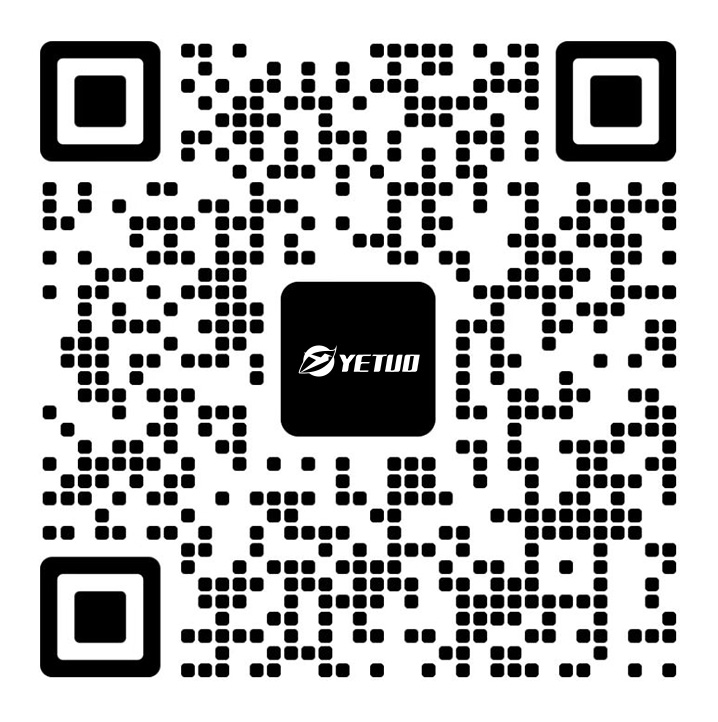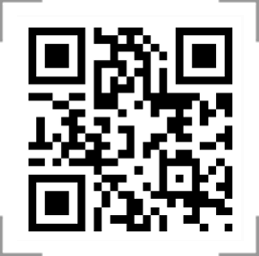
The Shanghai Yetuo handheld ultrasonic cell disruptor is a portable laboratory tool that is widely used, especially in fields such as life sciences, molecular biology, and materials science, playing an important role. It mainly achieves the functions of cell fragmentation, mixing, and homogenization through the cavitation effect of ultrasound. The following is a detailed introduction to the main application areas of handheld ultrasonic cell disruptors:
1. In the field of life sciences
In life science research, handheld ultrasonic cell disruptors are widely used for the processing of various biological samples
Cell lysis: Used to break down different types of cells, such as yeast, plant cells, and animal cells, quickly damaging the cell membrane and releasing intracellular substances (such as proteins, DNA, RNA, etc.), facilitating subsequent experimental analysis.
Protein extraction: Using ultrasound to break down protein samples and extract proteins from cells, especially suitable for samples that are difficult to extract by chemical or mechanical methods.
DNA/RNA extraction: releasing genetic material through cell lysis for molecular biology research, such as sample preparation before experimental steps such as PCR and gene sequencing.
Tissue homogenization: Suitable for homogenization of tissue samples, such as cell fragmentation and extraction of animal organs such as liver and brain tissue.
2. Molecular Biology and Genetic Engineering
Genetic research: Handheld ultrasonic cell disruptor is used to break down cells to obtain genetic material. Its applications in genomics, gene editing, gene expression analysis, and other fields are very extensive. Can quickly extract DNA RNA, Assist in conducting experiments such as nucleic acid analysis and gene sequencing.
Transformation experiment: In genetic engineering, ultrasonic cell disruptors can be used for cell lysis after gene transformation, helping to extract the transformed genome or plasmid for subsequent research.
Proteomics: Ultrasound can break cell and nuclear membranes, release proteins, and assist in subsequent protein separation, identification, and functional analysis. Proteomic research is particularly important, especially when studying the expression or function of specific proteins.
3. Biochemistry and Biopharmaceuticals
Enzymatic research: Ultrasonic disruptors can be used to extract and purify enzymes, helping to study the function and activity of enzymes. Enzyme reaction systems used in the development or biopharmaceutical production process.
Metabolic research: Using ultrasound to break down cells to study the metabolic process of drugs in cells or tissues, and understand the mechanism of action and toxicological properties of drugs.
Vaccine and antibody preparation: During the preparation of vaccines or antibodies, ultrasonic disruptors can destroy pathogenic microorganisms or cells, release antigenic substances, and assist in subsequent vaccine development or antibody purification.
4. Nanomaterials and Chemistry
Nanoparticle preparation: The energy density of ultrasound can be used to pulverize particles into nanoscale particles, which are widely used in the synthesis and dispersion of nanomaterials. For example, ultrasonic treatment can uniformly disperse nanoparticles in a solution, forming a stable dispersion system.
Preparation of colloids and lotion: In colloid chemistry and material science, the handheld ultrasonic crusher can be used to prepare polymer materials, lotion and colloids, so as to refine the particles and obtain a more uniform dispersion effect.
Material homogenization: Through ultrasonic crushing, different substances or components can be homogenized and mixed, which is applied in various material science experiments, especially in chemical reactions that require fine dispersion.
5. Environmental Science and Food Science
Environmental sample analysis: Handheld ultrasonic disruptors are used to process environmental samples, such as soil, water, etc., to extract microorganisms, pollutants, or other substances of interest from environmental samples, facilitating subsequent environmental monitoring and analysis.
Food analysis: In the food industry, ultrasonic disruptors are used to extract ingredients from food, such as fat, protein, or other nutrients, to assist in food composition analysis, quality control, and more. It can also be used to homogenize food samples and assist in mixing and dispersion during the production process.
6. Botany and Agricultural Sciences
Plant cell lysis: used to break down plant cell walls to extract cytoplasm, nucleic acids, or other substances, widely used in fields such as plant molecular biology and plant genetics.
Pesticide residue analysis: Handheld ultrasonic disruptors can be used to process crop samples, extract pesticide residues, and help analyze the impact of pesticides on plants and the environment.
Plant component extraction: can be used to extract components from plants, such as essential oils, pigments, etc. These extracts can be used in the cosmetics, pharmaceutical, and food industries.
7. Microbiology
Microbial fragmentation: In microbiology research, handheld ultrasonic disruptors can break down the cell walls of microorganisms such as yeast and yeast, releasing their intracellular components for various biological and microbiological studies.
Virus fragmentation and extraction: can be used to break down virus envelopes or capsids, help isolate virus particles or extract virus DNA/RNA for virological research.
8. Medical and clinical research
Sample processing and diagnosis: In medical laboratories, handheld ultrasonic cell disruptors are used to process clinical samples such as blood, urine, tissues, etc., to extract relevant biomarkers and help with early diagnosis and treatment of diseases.
Drug development: In preclinical research and drug development, ultrasonic disruptors are used for the preparation of drug carriers and the study of drug receptor interactions.
9. Pharmaceutical industry
Active ingredient extraction: used to extract active ingredients from drugs, helping to improve drug purity and stability, commonly used in drug extraction, product preparation, and other aspects.
Nano drug preparation: In the preparation of nano drugs, ultrasonic disruptors are used to crush drug particles to the nanometer level to improve the bioavailability and stability of the drug.
10. Other fields
Petrochemical industry: In industries such as petroleum and chemical, handheld ultrasonic disruptors are used to improve the dispersion and mixing uniformity of samples. It is also used for extracting and analyzing the components of petroleum and its derivatives.
Forensic Science: Handheld ultrasonic cell disruptors are used for the processing and extraction of forensic samples, such as blood, hair, tissue samples, etc., to assist in the analysis of genetic material or other evidence and aid in case investigations.
summary
The Shanghai Yetuo handheld ultrasonic cell disruptor, as a portable and flexible tool in the laboratory, has a wide range of application fields. Whether in the basic research of life sciences or in fields such as chemistry, materials, food, and environmental science, handheld ultrasonic cell disruptors can provide fast processing methods for experiments, improving the success rate and efficiency of experiments.


